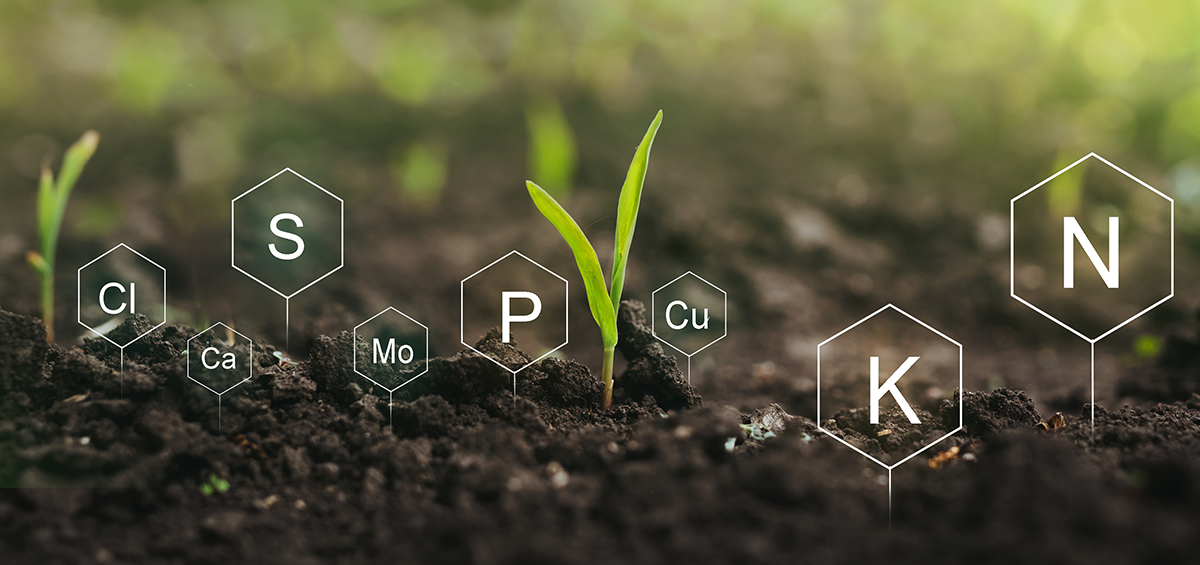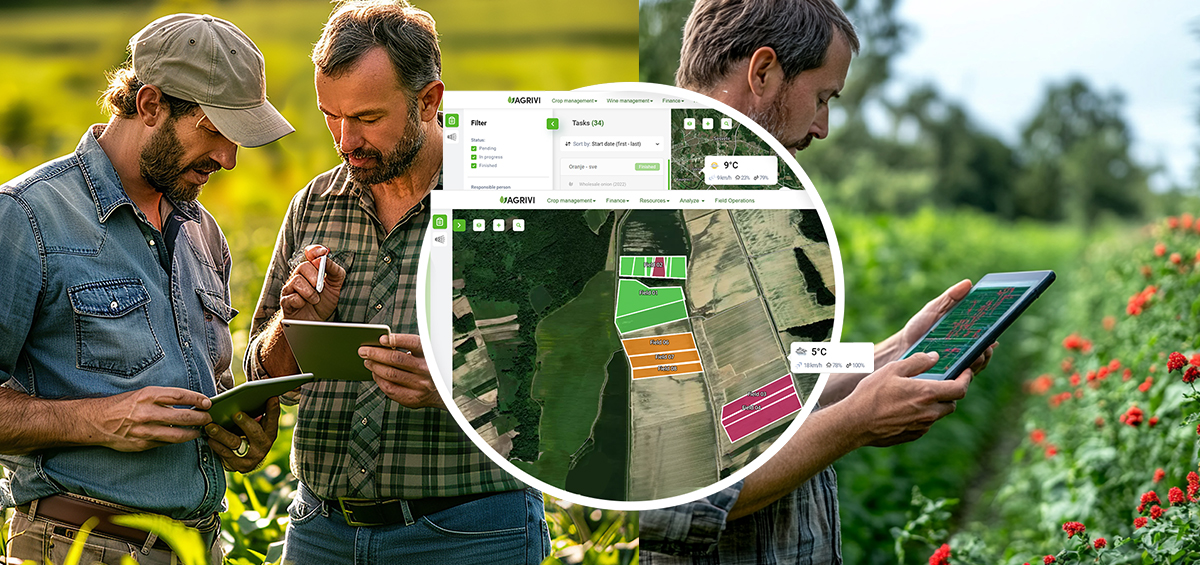What determines the choice of fertilizer?
Which NPK fertilizer use depends primarily on the chemical composition of the soil, on the concentration of affordable nutrients in the soil, and on the culture type you grow. Orchards raised on calcareous soils preferred formulations containing sulfur, such as NPK type (SO3) 7-14-21. General, for basic fertilization of orchards and olive groves, are recommended formulations: PK 20-30, NPK 5-15-30, NPK (SO3) 7-14-21, NPK (SO3, MgO) 7-14-21, NPK 7-20-30, while for fertilization of vineyards are recommended NPK 7:14:21, NPK 7:20:30 or NPK 5:20:30.
How to determine and manage the required amount?
The required amounts of mineral fertilizers are most accurately determined by the chemical soil analysis. If soil analysis is not done, then amounts are managed by the type of soil. There’s also the standard rule that for medium to high yield and growth of fruit trees is necessary to enter 100 – 120 kg/ha of nitrogen, 50 – 70 kg/ha of phosphorus, and 100-150 kg/ha of potassium. Thus early in autumn in orchards and olive groves should be entered 600 -700 kg/ha of NPK (SO3, MgO) 7-14-21, 400-500 kg/ha of PK 20-30, NPK 7-20-30 or NPK 5-15 -30.
Stone fruits like apricot, peach, cherry, and almond require greater amounts of potassium, up to 200-250 kg/ha, which means that should be entered 750 -800 kg/ha of PK 20-30, NPK 7-20-30 or NPK 5-15-30. If soil is in good supply with potassium, then is entered only 200-250 kg/ha of MAP-a.
Vineyards require fertilizers with phosphorus and potassium, and small amounts of nitrogen, for example, NPK 7:14:21, NPK 7:20:30, or NPK 5:20:30, in amounts of 500-700 kg/ha. Should be noticed that the application of large amounts of nitrogen in autumn is not desirable. There’re two reasons: first, because too much nitrogen could extend vegetation and make the vine more susceptible to winterkill, and the second reason is to avoid losses of nitrogen from the soil by rinsing him, unlike phosphorus and potassium which bind tightly to soil. In addition to regular fertilization with mineral fertilizers, vineyards should occasionally fertilize with manure every three to four years with 20-40 t/ha.
AGRIVI guides farmers with knowledge base of fertilization management for all fruit, vegetable and arable species with details on when and how to perform them included.
Autumn fertilization is as natural as stocking your pantry before the winter and adding antifreeze to your car. So provide an opportunity to build the reserve of mineral elements required for plant growth when active vegetative growth is not “using them up.”
Apply best farm management practices and improve your farming.




